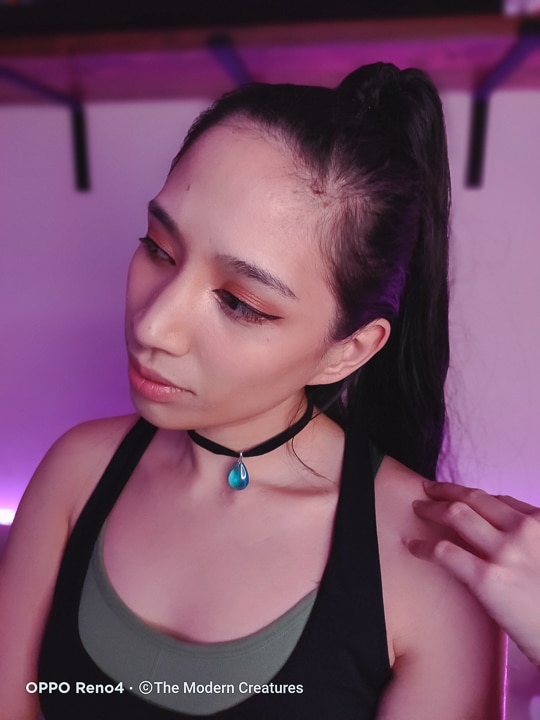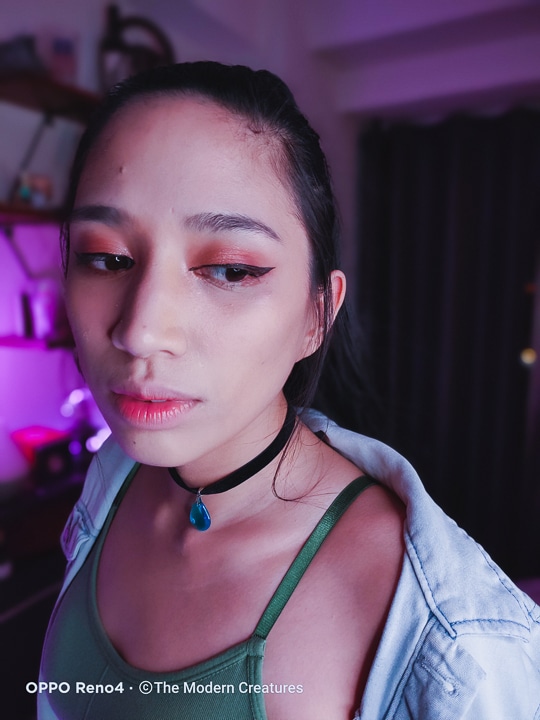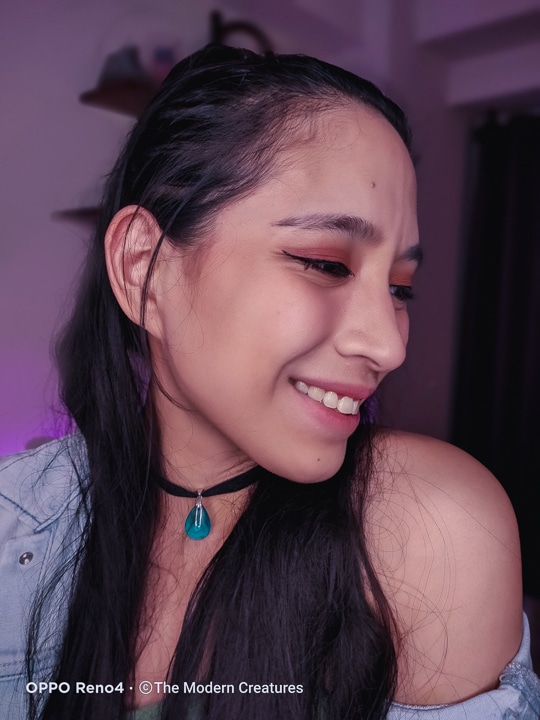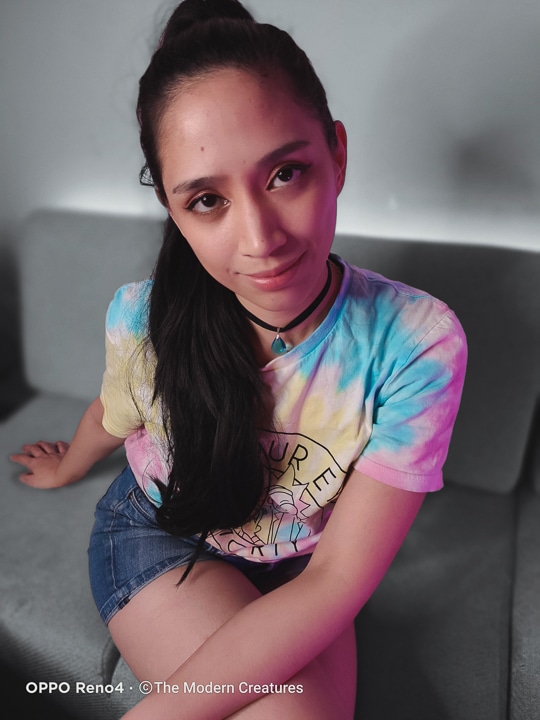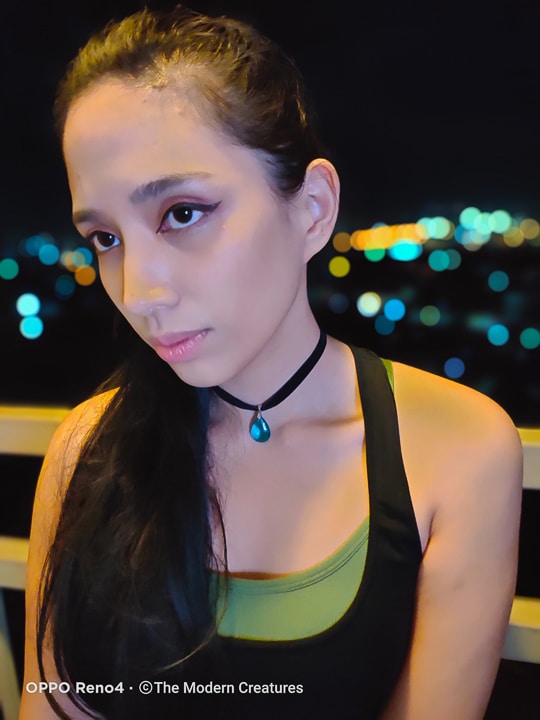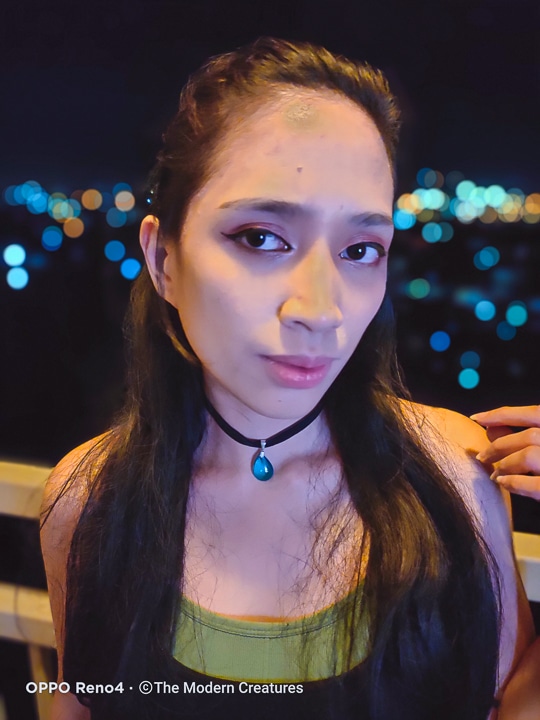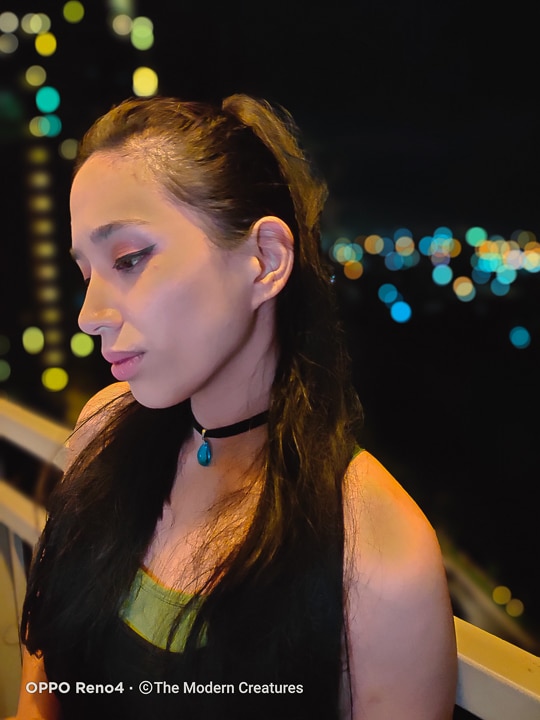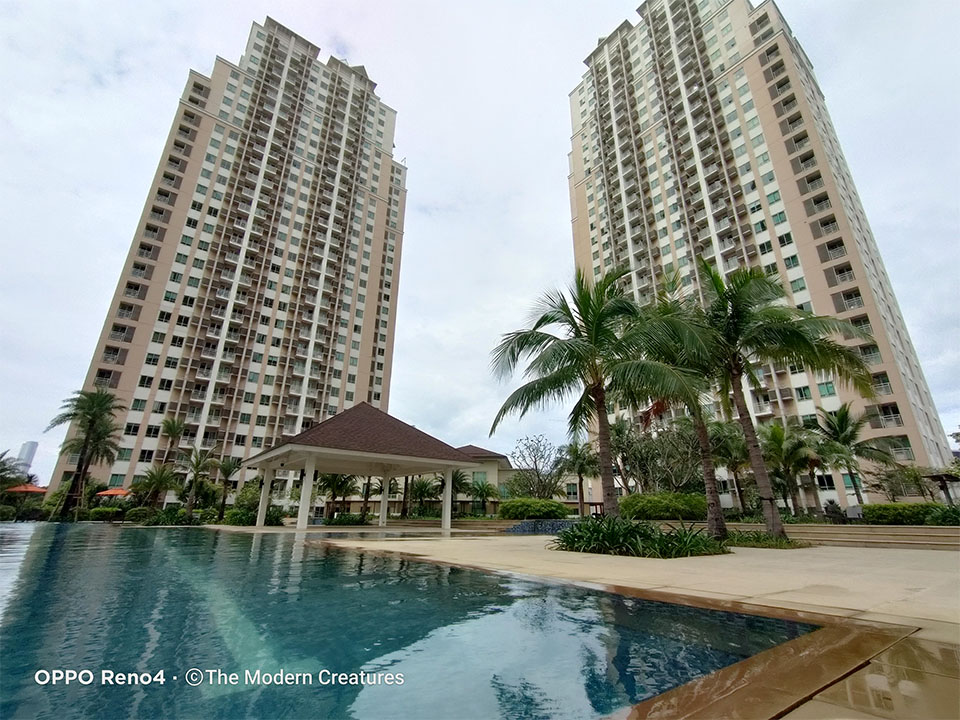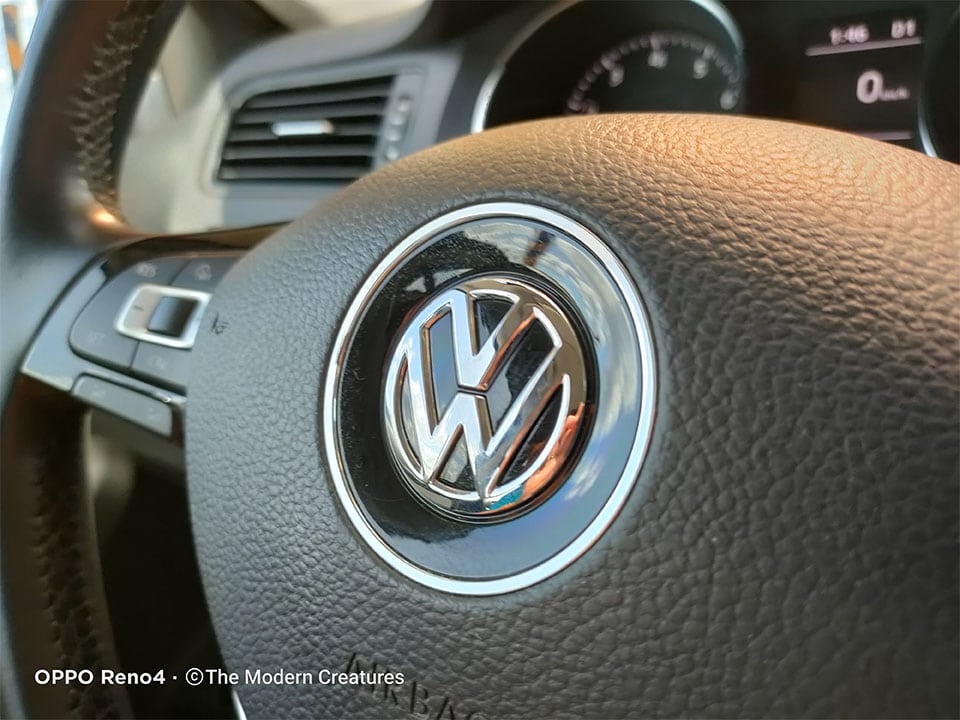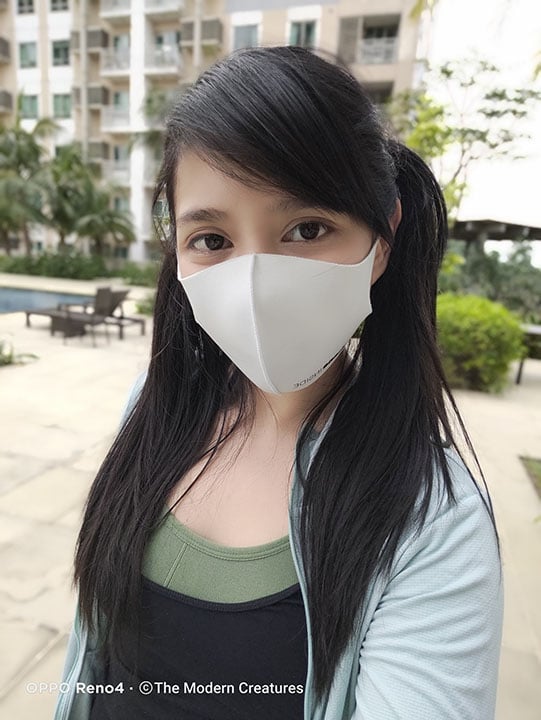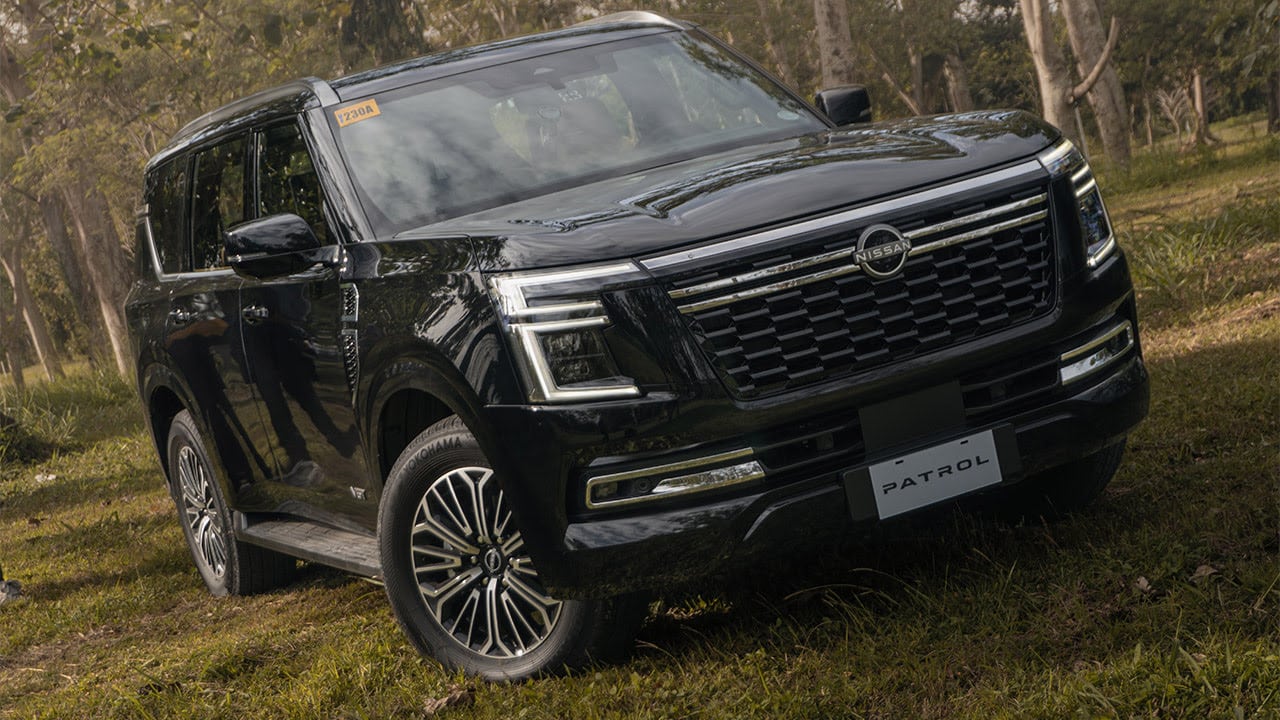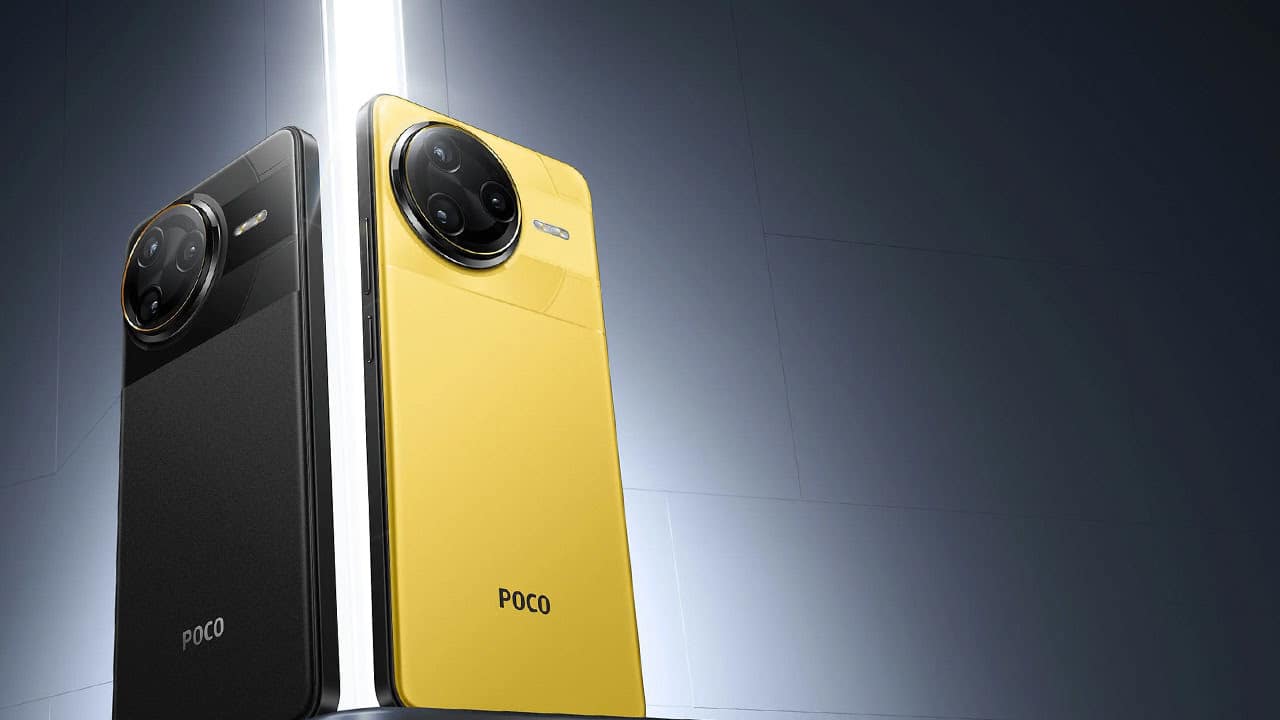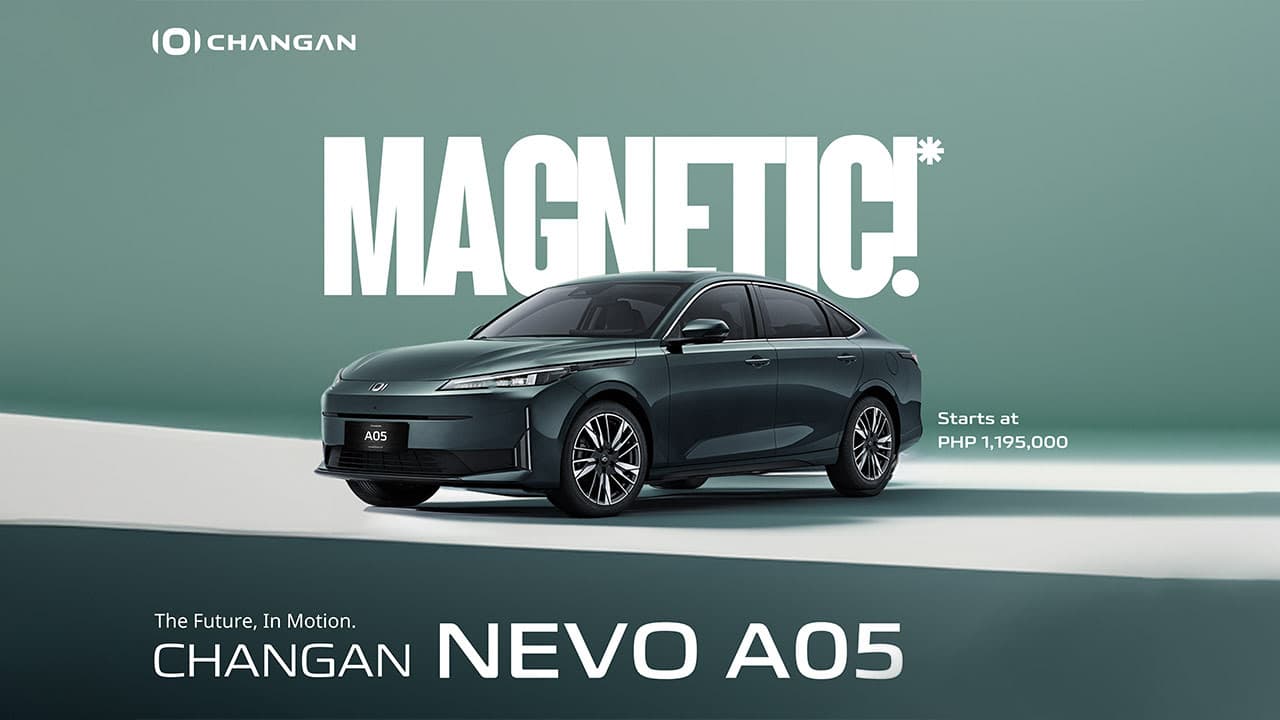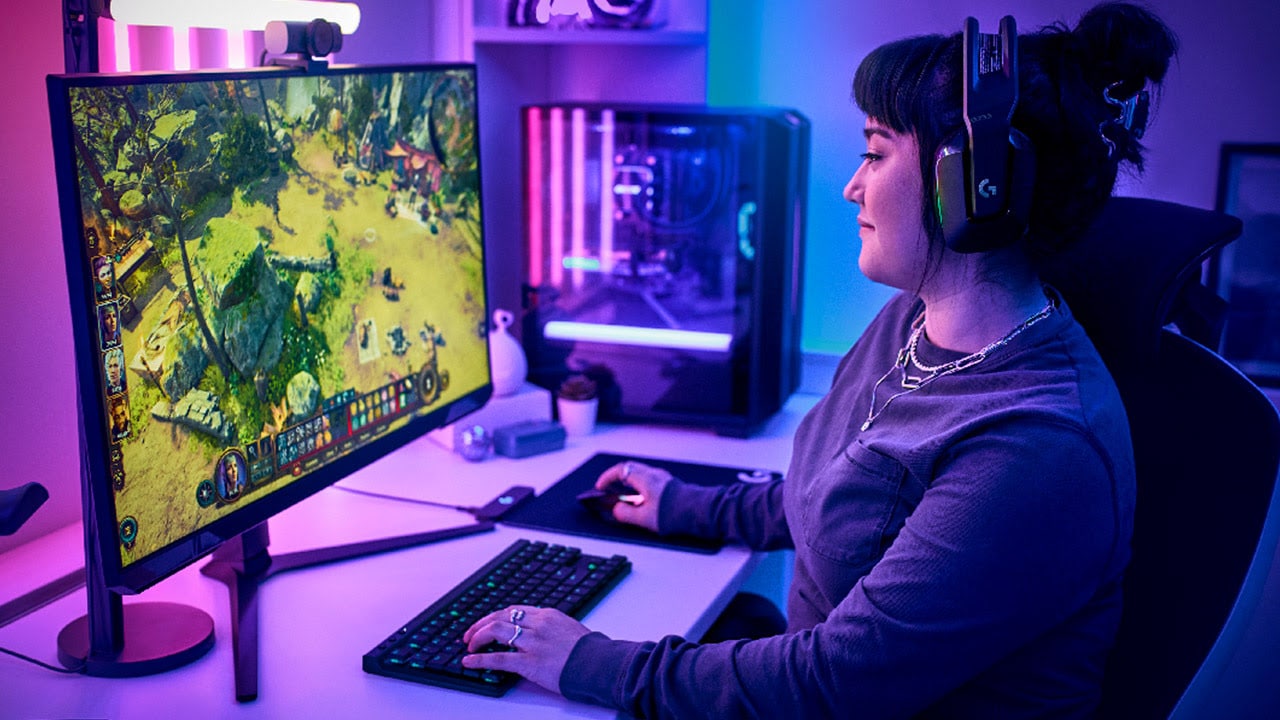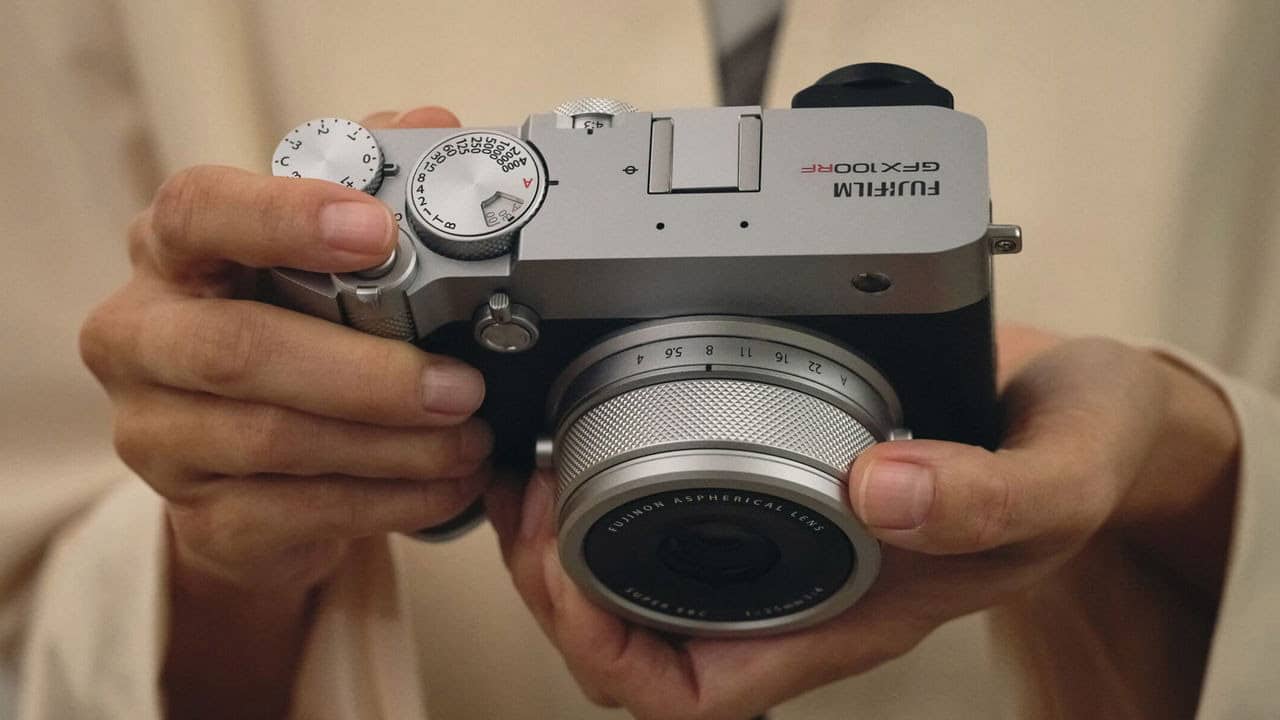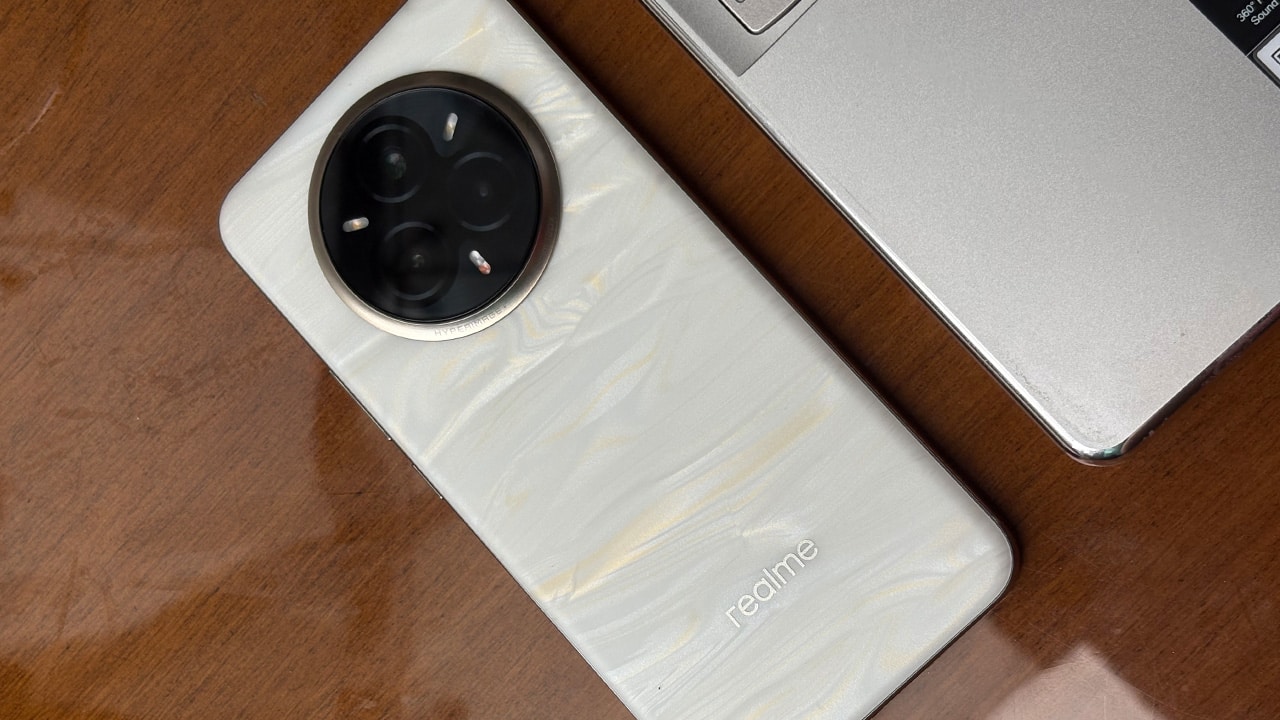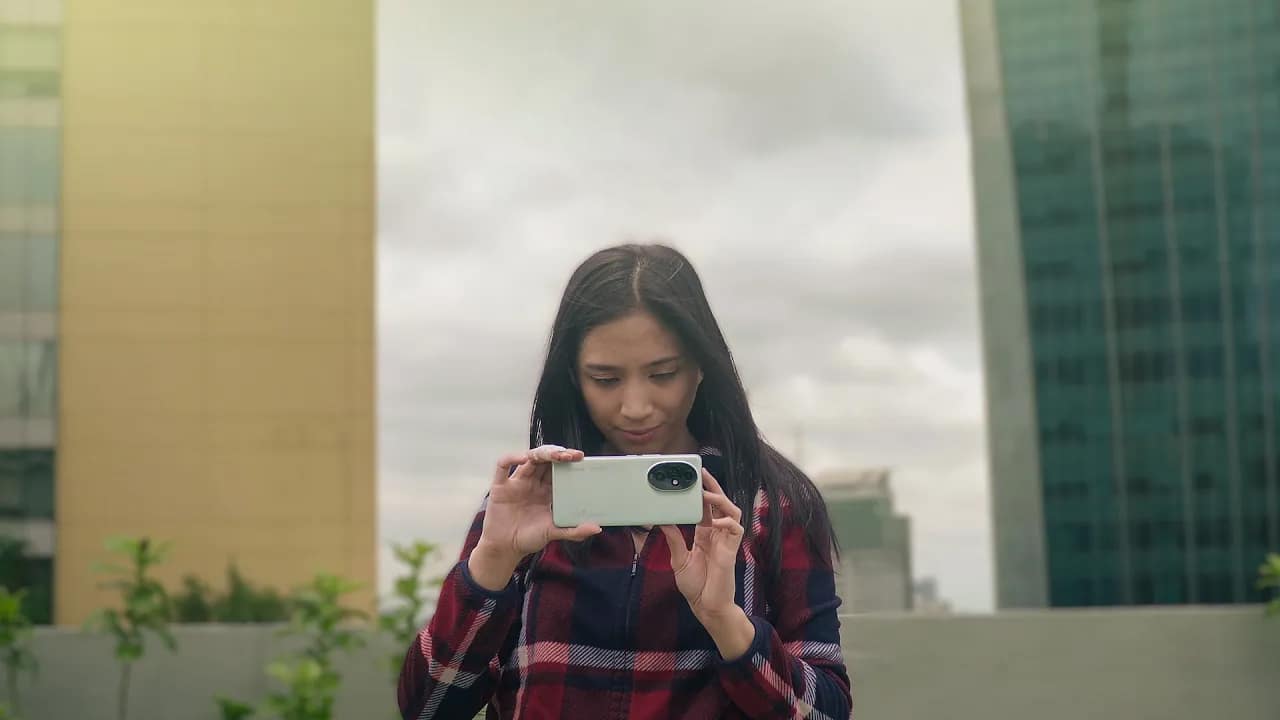Remember when OPPO Reno4 came out and we saw its cameras put to the test in a real-life photoshoot for the visual album of local celebrity Nadine Lustre? Published by Preview PH, OPPO showed what exactly the Reno4’s cameras could do, and, indeed, the photos that came out were vibrant, detailed, and quite impressive.
Not to downplay the capabilities of the device but we’d like to think that these photos came out as brilliantly as they did because of other factors as well. Being a professional shoot, there may have been professional lights, an experienced photographer, a well-designed set, a professional makeup artist, and, of course, a beautiful model.
With that in mind, we decided to try and shoot some portrait shots ourselves with the equipment not to disprove the aforementioned shoot, but to see how the Reno4 would fair in the hands of normal people like us. Using just a ring light, some smart lights, and our home as a makeshift studio, we wanted to see what we could achieve by shooting in the device’s different modes.
Here are a couple of shots we were able to churn out without having a complicated setup. Do take note that these photos did go through some minor editing to bring out some details.
Colors are noticeably vibrant and the overall contrast of the above photos positively enhanced each image. For its artificial bokeh, though, you can still see some hair that were blurred out by the phone’s AI.
During the interview, Lustre mentioned loving the Reno4’s AI Color Portrait which desaturates the background but keeps the subject colored. As you can see below, cutouts are pretty accurate. Often times, though, colors would bleed on the hairline, for example, but it’s not destructive and could possibly be avoided if there were more lights to separate the subject from the background. We see this feature to be great for creating artistic shots.
We also decided to step out and test the Reno4’s Night Flare filter for portraits. Unfortunately, we found this mode to be the most finicky among the ones we’ve tested. We often got the “need more light” warning even if we had a direct light on the subject. Photo quality is also inconsistent as it bounced around from being sharp to muddy.
We couldn’t quite get an image as sharp as the ones from Lustre’s photo set but, again, we only worked with very basic equipment. Theoretically though, if a proper light setup was present or perhaps even just stronger ones, you could get really nice shots with pretty background bokeh lights.
But all things considered, we still found the below samples to be more than enough for social media posting.
So as you can see, in the hands of regular people like us, the OPPO Reno4 still produces quality photos that are quite impressive. There is a bit of inconsistency at times but, considering everything else OPPO offers with this phone, you’re getting a good set of cameras on a solid device.
For the rest of its specs, the OPPO Reno4 is equipped with what the company calls an “innovative quad-cam” setup. It’s composed of a 48-megapixel wide-angle camera utilizing a Sony IMX586 sensor, 8-megapixel ultra-wide angle, 2-megapixel mono camera, and 2-megapixel macro. The setup isn’t unfamiliar but it’s proven to be one that works. As with a lot of mobile cameras, you’ll need a lot of light to really get the best quality possible.
But overall, we’re happy with the performance of the Reno4’s rear cameras. There’s no crazy post-processing even with Dazzle Color Mode on that intelligently boosts colors and details. This is something we appreciate because you get neutral but well-saturated colors and room to edit them if you wish to.
The 32-megapixel front camera isn’t bad as well. In fact, it was consistently able to produce sharp photos even with indoor light. But again, as the light started to fade, images would lose their sharpness and details are lost.
As an all-around, everyday camera, the OPPO Reno4 is a great performer. It churns out sharp, properly saturated photos in a number of different scenarios. Bright lights are the camera’s best friend as it performs at its best when there’s a lot present.
It’s just a shame that OPPO didn’t have any kind of image stabilization for the main camera. Shakes can become visible in photos every so often even with adequate lighting.
The lesson we learned during our time with the Reno4 isn’t anything new when it comes to mobile photography – bright lights are your best friend. We were happy, though, that even in the hands of amateur photographers, the device is still able to produce impressive-looking portraits worthy of being posted.
Do you own an OPPO Reno4? Tweet us and share your best portrait shots with @moderncreatures! We want to see ’em!

